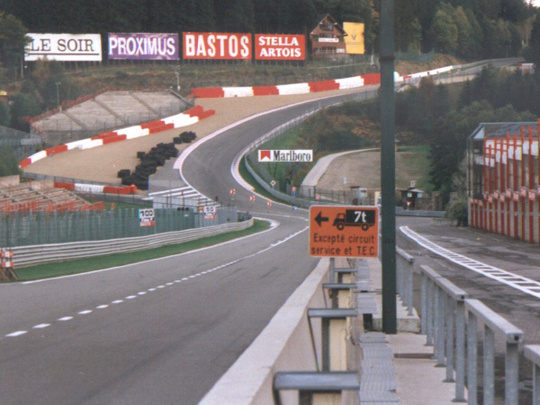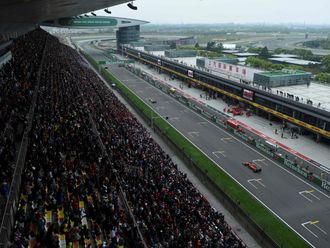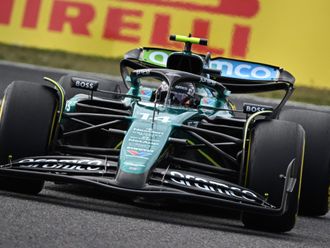
This year sees the Formula 1 circus travel to previously uncharted waters, well, Azerbaijan. Over the last decade the sport has taken itself to all corners of the globe, and in the last ten years we’ve seen new races pop up in Turkey, Singapore, Russia, India, and of course Abu Dhabi. Add this to new circuits in familiar places like the US, Austria and Mexico.
Many new circuits – so-called Tilke-domes – are divisive among fans. They are often accused of being stale, despite their aesthetical impressiveness. They’re like flat-pack furniture: quick and easy to put up and look absolutely fine, but will never be as good or as cherished as a Queen Anne sideboard.
So which circuits are the Queen Anne sideboards of F1? And what makes them special?
Three-times World Champion Sir Jackie Stewart gives a commentary on a lap of the world’s most fearsome circuit
Nurburgring, Germany
Niki Lauda’s horrific accident in 1976 would signal the end for the old track. Despite the circuit still remaining today for public use, a new circuit was built in time for the 1984 season which utilised the pit complex area and southern end. While a shadow of the original, the circuit is still popular with drivers. It was last used in F1 in 2013.
Spa-Francorchamps, Belgium
It was rough and bumpy and surrounded by trees which claimed the lives of several drivers. Cars would be travelling at top speed, in excess of 200kp/h, with little to no protection. Fortunately, the character of the track remains today, with Eau Rouge regarded by most as one of motorsport’s greatest corners. It is still used today.
Silverstone, United Kingdom
The circuit has undergone several changes over the years, most recently in 2012 when a new infield section was built. Despite this, the circuit remains a drivers’ favourite and is still one of the fastest tracks on the calendar.
Monza, Italy
This layout was only intermittently used, with the revolver-shaped circuit still being the main circuit of choice. Chicanes were added over the years to slow the cars down, and while they do interrupt the flow of the track, the circuit is still recognisable in the Pathe newsreels today. The banked oval still remains today, although unused.
Monte Carlo, Monaco
Think back through history and can you imagine what it must have been like to approach the harbour at 200kp/h in a noisy, lethal Lotus, with nothing stopping you crashing into the water other than some hay bales? Love it or hate it, Monaco will always be one of the great tracks because of its prestige and its previously formidable reputation.
The drivers today still don’t have it easy, as the precision required on every turn for 78 laps is mind-bending, and any overtake takes a lot of skill. No other street circuit has ever matched the charm of Monaco.












